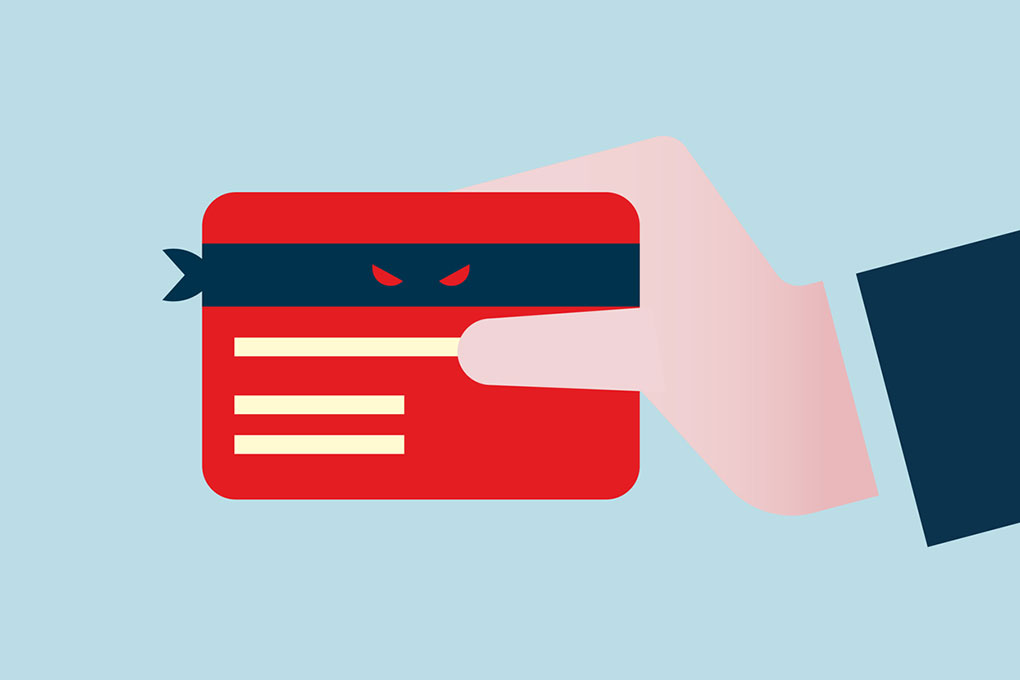How can you spot bank fraud?
Cybercriminals use a variety of strategies to gain access to sensitive data and banking information. Among the most common are:
- Fraudulent communications, also known as phishing, sent via email, text messaging, social media, a fake transactional website or another source.
- The use of malicious software (malware) that allows ill-intentioned parties to steal your personal information or carry out other criminal activities.
These scams can take many forms, such as an email that appears to have been sent by a service provider asking you to update your banking information to make a payment, a government body phoning you to validate your personal information or a social media site asking you to change your password. And because more and more Canadians are buying online (82%) or using the internet for banking transactions (78%), according to the 2022 Canadian Internet Use Survey, bank fraud is also on the rise.
What can you do to protect your online bank accounts?
Experienced fraudsters know how to spot loopholes and take advantage of them to gain access to your banking information. To prevent them from doing so, follow these simple recommendations:
- Do you need to access confidential data stored in your bank account or email inbox? Opt for a secure Wi-Fi network and avoid using public networks.
- Log in to your accounts from your computer or another trusted device. Public computers, such as those available in libraries, are great for research, but not necessarily safe for accessing your bank account.
- Install protection tools such as antivirus software and firewalls on your digital devices.
- Regularly update software and applications on your various devices (computer, tablet, cell phone) to avoid security breaches.
- Protect your sensitive information with secure passwords and two-factor authentication.
- Follow all the best practices to avoid various attempts made by fraudsters. They’ll try to use fraudulent communications (text messages, emails, phone calls) to get their hands on your personal information and use it to steal your identity.
- Finished going through your online bank account? Log out of the session, even on your personal devices.
- Avoid sharing personal information, especially banking information, on social media.
- Check your bank and credit card accounts regularly so you can quickly detect any unauthorized transactions.
The physical security of your devices is also essential to protecting yourself from fraud.
The key is preventing unauthorized access. Here’s how:
- Lock your devices (computers, cell phones, tablets) when you need to leave them unattended, such as at the office.
- Only use USB sticks or other external devices that belong to you or come from a reliable source.

To learn more
Here are a few more articles with tips to help you protect
yourself from bank fraud.
→ 7
tips for better cyber hygiene
→ Financial
exploitation and senior citizen fraud
→ Self-directed
investor? Here’s how to avoid investment fraud
I’ve fallen victim to bank fraud. What should I do?
Even if you’re vigilant and apply every security measure rigorously, a fraudster may still manage to get their hands on your banking information.
If this happens to you, remember that it can happen to anyone. Statistics Canada revealed that the proportion of people victimized by cybersecurity incidents has risen from 58% in 2020 to 70% in 2022. Cybercriminals are becoming increasingly clever, constantly developing new strategies to catch victims in their nets.
Stay calm and contact your financial institution immediately. Also, follow these six key steps to start regaining control of the situation.

Good to know: National Bank has a Help centre and advisors who can help you report fraud or identity theft. You can also easily cancel your debit or credit card online and have it replaced.
Although fraud attempts are on the rise, financial institutions use advanced technologies and multiple levels of security to protect your online bank accounts and personal information. By following our advice and developing the right reflexes, you can help keep your sensitive data safe.
Want to know more? Check out our fraud prevention tips and tools.
